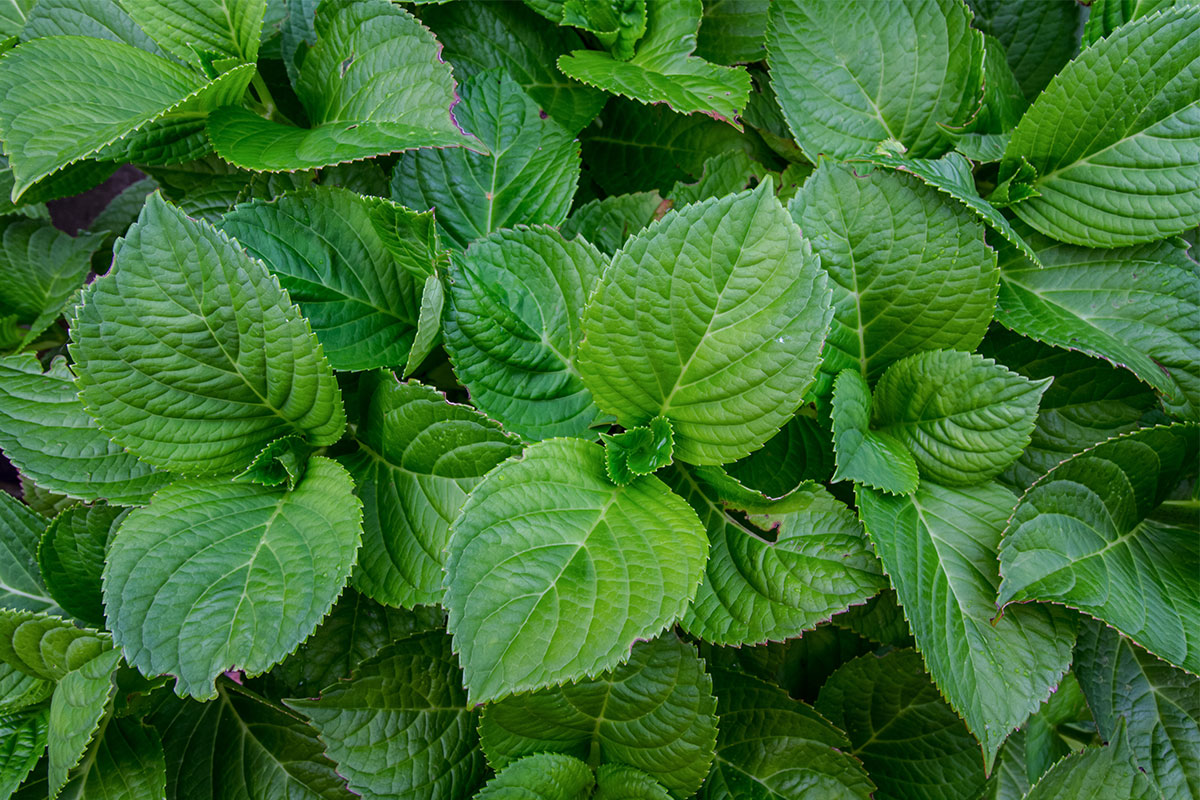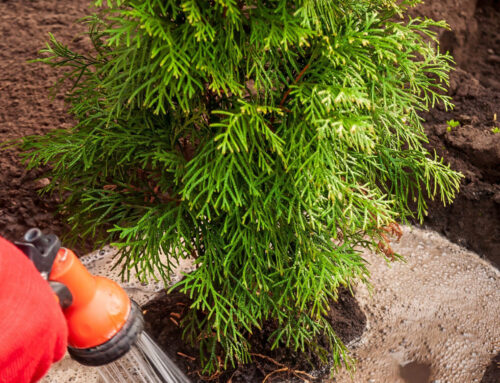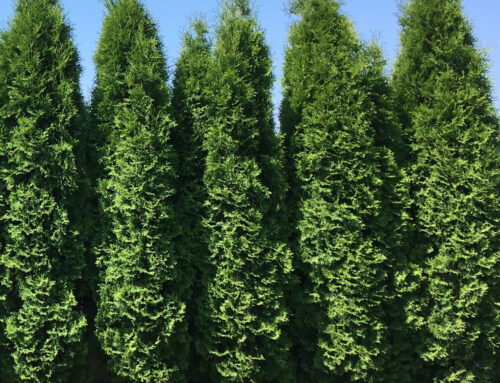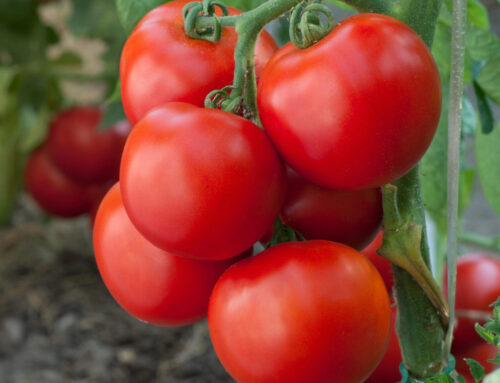Hydrangeas in full bloom are visually stunning, whether outdoors in your yard or arranged indoors in a vase, and come in a variety of beautiful colors. However, it can be puzzling and frustrating when they don’t bloom. There are usually several simple explanations as to why a hydrangea is not flowering.
FACTORS TO PAY ATTENTION TO
Hydrangeas that are not blooming can be a result of:
1) The type of hydrangea you planted (new wood or old wood hydrangea)
2) Pruning. How far back did the hydrangea die back the prior year? Either you might want to skip pruning, or prune it minimally in case it needs old wood to bloom.
TYPES OF HYDRANGEAS
The type of hydrangea can be a major factor in why your hydrangea is not blooming. Certain types of hydrangeas bloom from new wood (current year’s growth) while other bloom from old wood (last year’s growth).
• New wood hydrangeas
New wood hydrangeas do not usually have issues with failing to bloom — most of the concerns lie with old wood hydrangeas.
• Old wood hydrangeas
When people ask “Why aren’t my hydrangeas blooming?”, usually they are referring to bigleaf hydrangeas, or Hydrangea macrophylla, a variety that blooms with blue or pink flowers and on old wood. When these cultivars die back to the base of the ground in the winter, especially due to colder than normal winters, the hydrangea will not bloom the following season due to the lack of old wood — rather, it will spend its time growing new wood instead.
PLANTING IN THE PROPER ZONE
Some varieties of hydrangeas may not do well in your particular planting zone. For zones with harsh winters, you may need to protect your hydrangea in order to ensure blooming success during the following summer.
TIMING OF PRUNING
Lack of blooming may be an indicator of how you pruned it the previous year. Certain hydrangeas that are pruned in early summer or late winter will not flower the following season. Overpruning tends to result in further dieback, and results in flowering after an additional season. Avoid pruning your hydrangeas except during early spring, when dead wood is more obvious.
SOIL CONDITIONS AND FERTILIZING
Finally, have your soil tested and reconsider the frequency and type of fertilizer. Lack of flowers could be a result of either excess nitrogen or a lack of phosphorus in the soil. Too much nitrogen produces growth but little to no blooms. If there is a phosphorus deficiency, adding a phosphorus-rich fertilizer in the form of bone meal can improve the flowering of your hydrangea.
Follow these steps, and you will be back on your way to enjoying your beautiful blooming hydrangeas! Please feel free to ask one of the professionals at the Farm at Green Village if you should have any further questions about caring for your hydrangeas.




